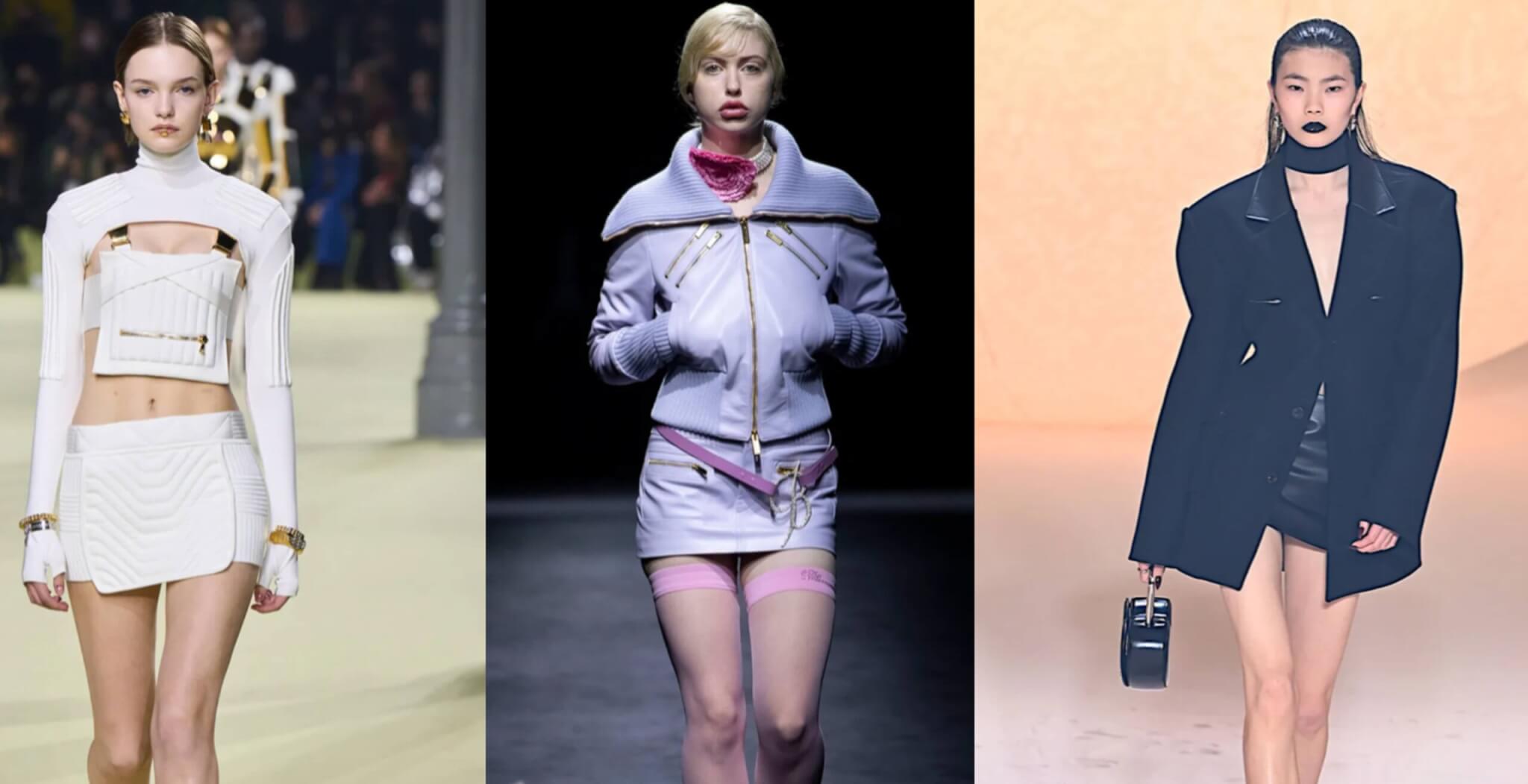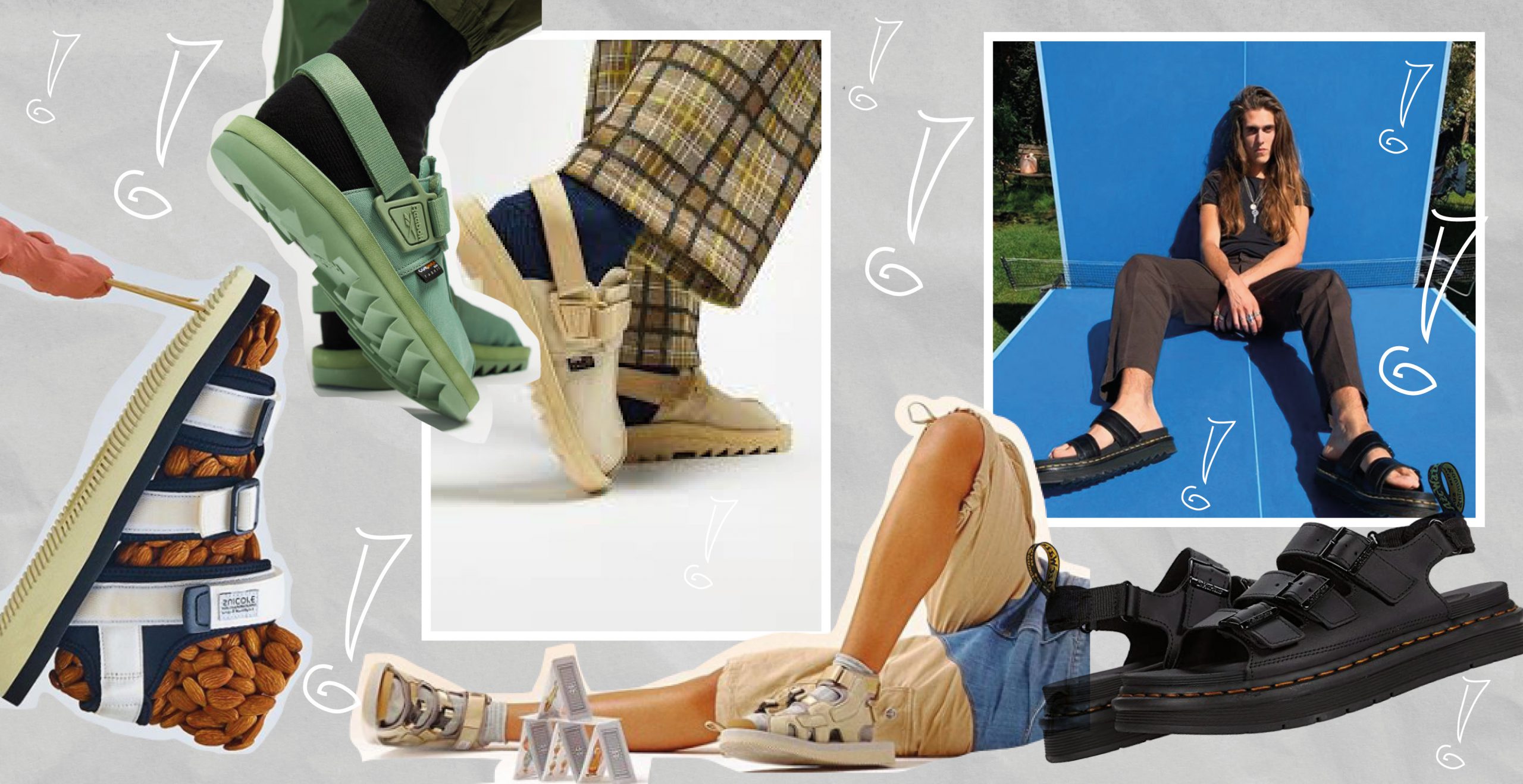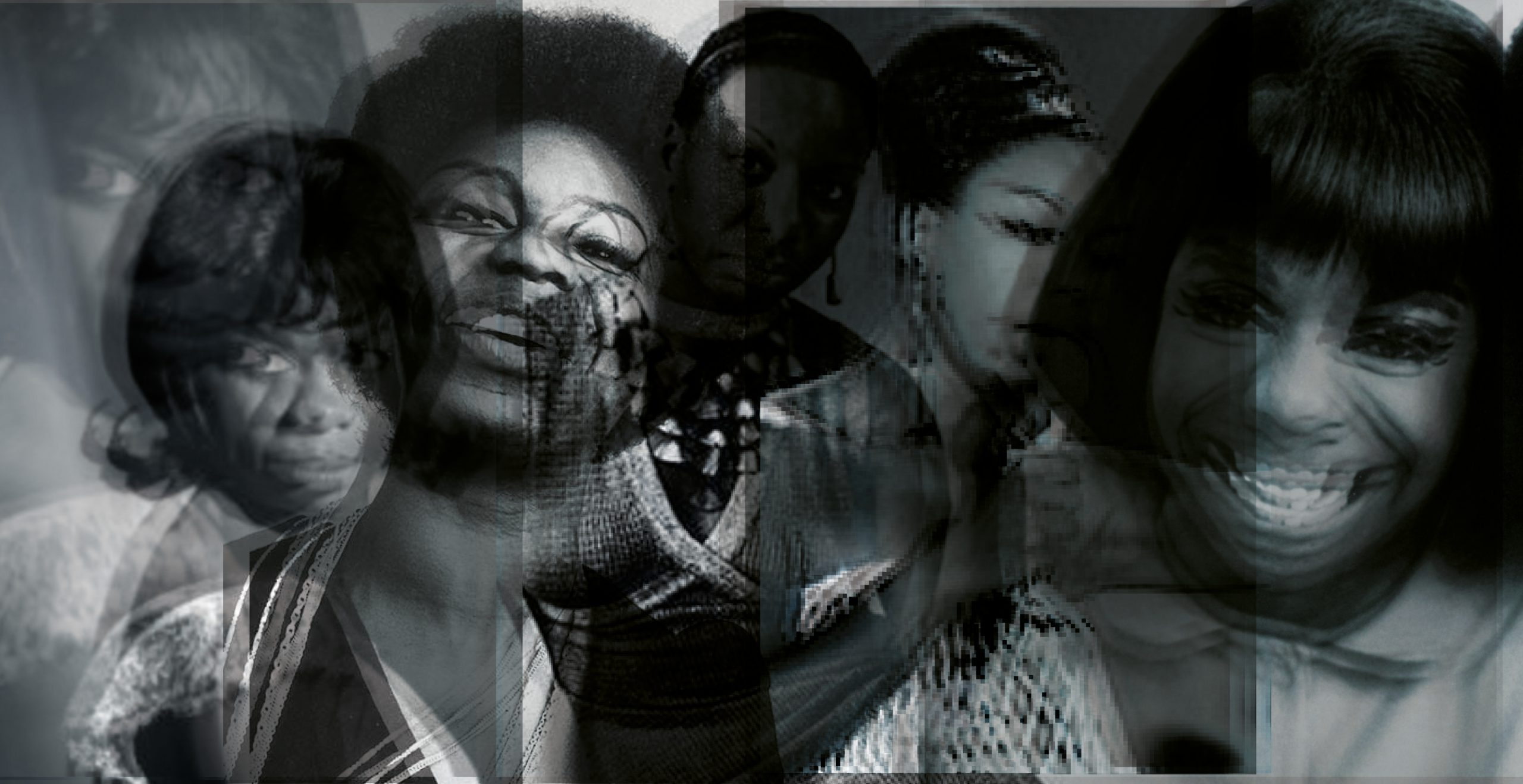Which It-pieces are currently on the radar of fashion fans?
In 2021, for example, Prada’s “Cleo” made its grand entrance, and in 2020 it was Bottega Veneta’s “Jodie” that was seen dangling from the hands of influencers in a wide variety of colors. Some of them even have the potential to become bag icons. We’re thinking of the “Baguette” by Fendi, which was designed in 1997, celebrated on “Sex and the City” and brought back on the fashion radar in 2019. It will certainly be similar with Balenciaga’s “Hourglass,” which launched in Fall/Winter 2019/2020 but has now been sent to the silver screen. In the series “And Just Like That”, the spin-off of “Sex and the City”, Sarah Jessica Parker wore the Gucci x Balenciaga model with the patterned maxi dress and men’s shirt.
But even beyond the It-bags, which have always been the ultimate object of desire, there are fashion pieces that are currently on everyone’s lips. Keyword: Microskirts. This tiny trend has caught on in big ways since making headlines during September 2021 Fashion Week, and impossibly small strips of denim, khaki and pleated fabrics are the latest Y2K fever dream to experience a sartorial revival. It’s as if low-rise denim and schoolgirl skirts joined forces to create a powerful hybrid—and the fashion industry is no match for its power.
The micro-mini first reappeared in Miu Miu’s SS 2022 collection. Models dawned on the runway in cropped white button-downs and navy sweaters paired with mini skirts that were barely wider than the belts that kept them up. Since then, the Miu Miu look has become its own form of celebrity. It was worn by Nicole Kidman for Vanity Fair, Paloma Elsesser for I-D and Zendaya for Interview Magazine.
If you had a little look into recent magazine issues, editorials and even on the red carpet you probably noticed that the fashion looks are mainly exactly styled as they are on the runway. Including recent looks from major labels like Saint Laurent, Céline, Christian Dior, Balenciaga and Louis Vuitton. What is the reason for the using complete looks that don’t necessarily need further „styling“. Does that mean that personal style is slowly but surely dying out?
Today, fashion stylists are more visible than ever and the profession has become highly desirable for a younger generation that is more informed than ever about the inner workings of the industry. But as fashion publishers become more heavily dependent on advertisers, the nature of the profession is changing. This change is most visible in terms of the restrictions placed upon stylists by fashion brands to only feature “full looks” from a given collection. The so called „Full Look Policy“. Meaning trendy items, such as mentioned earlier, are as popular as ever and therefore used and pulled by stylists and editors more frequently. Also the rise of social media – especially image and video-based platforms like Instagram and TikTok – along with this new wave of influencer culture are collectively promoting fast fashion trends and encouraging viewers to follow the latest trends catapulting said trend pieces in their desirability to new heights.
Some might argue that those full look policies are encouraging high fashion as a micro trend – but we can’t deny that there is also a connection to the democratization of High Fashion.
Once upon a time, luxury handbags were synonymous with status, exclusivity, and most importantly, they were usually too expensive for the general public. The Hermès bag, the Cartier watch, and the cashmere coat, went hand in hand with status; they were symbols of good taste and above all, they exuded wealth.
Brands communicated their campaigns through magazines, which, as champions of sophistication and aesthetics, had the power to inspire readers and consumers. It was a time when craftsmanship, high-end design and quality materials were the name of the game when it came to defining luxury.
But times have changed. Because where once brands and magazines communicated their messages, dominated their image and their stories, the fashion world has democratized. Today, anyone can tell their story and think out loud about luxury goods. These power shifts and changes in consumer tastes have led people to wonder what luxury even means today. In addition, these contractual obligations are a way for the brand to maintain and control its image. Nowadays everybody can come online and give a hot take on various topics and cancelation is more present than ever. Fashion Outlets like magazines can’t do that anymore – they have advertisers to keep happy.
Regardless of contracts and obligations: A full look gives a stronger message. Brands are ensuring that the message their collections is becoming a clear vision and with changing the aesthetic, the essence might bowl down. Also there is a logistics benefit of sending each complete look as a package. Other might argue that should work within the parameters of such restrictions and produce inspiring imagery regardless of pressure from all-important advertiser brands. In conclusion, it’s the mix that makes the magic. Take it as a positive challenge.



























